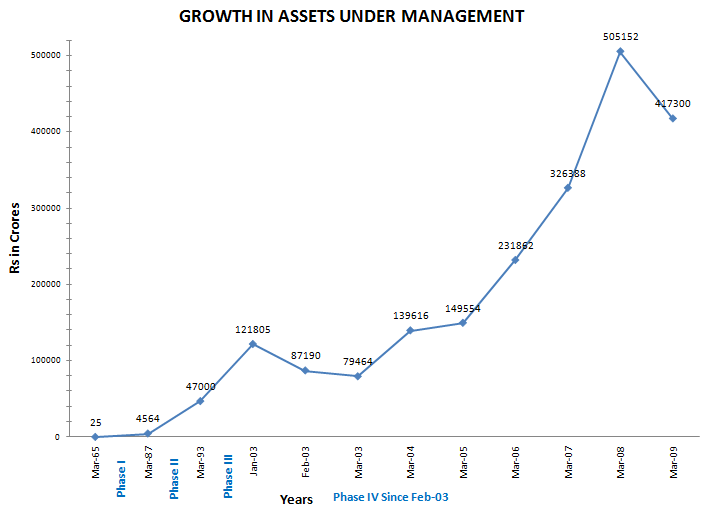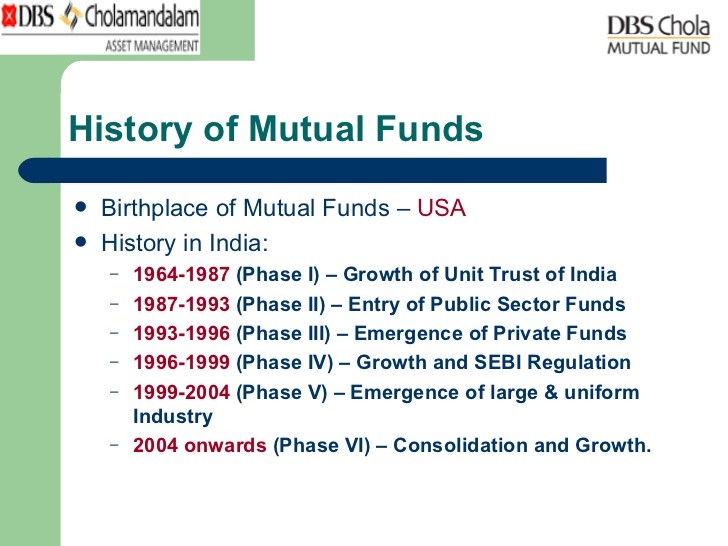Mutual fund history
Post on: 6 Апрель, 2015 No Comment

Eighteenth century
Concordia Res Parvae Crescunt Certificate,1893
The history of the mutual fund can be traced to the thriving late 18th century markets in Amsterdam. In July of 1774, an Amsterdam broker by the name of Abraham van Ketwich offered on the market a diversified pooled security specifically designed for citizens of modest means. The security was known as a negotiatie. an instrument very similar to the present day closed-end fund. This first negotiatie, Eendragt Maakt Magt. invested in bonds issued by foreign governments and banks and in plantation loans in the West Indies. [1] The issue was successful and van Ketwich introduced his second negotiatie, Concordia Res Parvae Crescunt in 1779, with more freedom in investment policy. The prospectus stated that the negotiatie would invest in solid securities and those that based on decline in their price would merit speculation and could be purchased below their intrinsic values. [2] Concordia Res Parvae Crescunt existed for 114 years; in 1893 it was officially dissolved. [3] During the 1780s and 1790s more than thirty negotiaties emerged to speculate on the future credit of the United States. [4]
Nineteenth century
When the pooled investment structure crossed over to the English markets in the nineteenth century it evolved into the investment trust, essentially a closed-end fund. The first investment trust, Foreign and Colonial Government Trust. was founded in 1868 in London. The trust invested in foreign government bonds. The most famous of these investment trusts was Robert Fleming’s First Scottish American Investment Trust invested in U.S. railroad bonds. [5] By the 1890s the investment trust had migrated to the American markets. The Boston Personal Property Trust. formed in 1893, was the first closed-end fund in the United States. [6]
Twentieth century
The 1920’s saw the creation of the first open-end mutual fund, Massachusetts Investors’ Trust in Boston, Massachusetts (1924). The fund went public in 1928, a year which also saw Scudder, Stevens and Clark launch the first no-load fund and the creation of the Wellington Fund. the first mutual fund to include a balanced portfolio of stocks and bonds. By 1929 there were 19 open-ended mutual funds competing with nearly 700 closed-end funds. The stock market crash of 1929 wiped out many highly-leveraged closed-end funds; the small open-end funds managed to survive. The ensuing round of 1930’s financial legislation laid the groundwork for the contemporary mutual fund industry. The era saw the creation of the SEC [7]. the passage of the Securities Act of 1933 and the Securities Exchange Act of 1934. The Investment Company Act of 1940 followed. [8] [9] The act set the legal framework for four types of registered investment companies in the United States:
Nathan Most, originator of the Exchange Traded Fund
In 1993, Nathan Most, an executive with the AMEX stock exchange, building on earlier efforts (1989 Index Participation Shares, halted by litigation, and 1990 Toronto Index Participation Shares) developed the exchange-traded fund with Standard & Poor’s Depositary Receipts (spiders), based on the S&P 500 Index. [15]

The extended bull markets in stocks and bonds over the last two decades of the twentieth century resulted in explosive growth for the mutual fund industry. At the end of 1999, there were 7,791 mutual funds in the United States, holding over 6.8 trillion dollars of assets. The growth phenomenon was worldwide: the year ended with 52,746 mutual funds in the world, holding 11.39 trillion dollars of assets. [16] The asset class holdings of the US mutual fund industry held 59% stocks; 6% balanced; 12% bonds; and 24% money markets at century’s end.
Twenty first century
The first decade of the twenty-first century saw historic bear markets at the beginning and end of the decade. The year 2003 also provided investors with scandal in the mutual fund industry.
- footnotes for later sections














